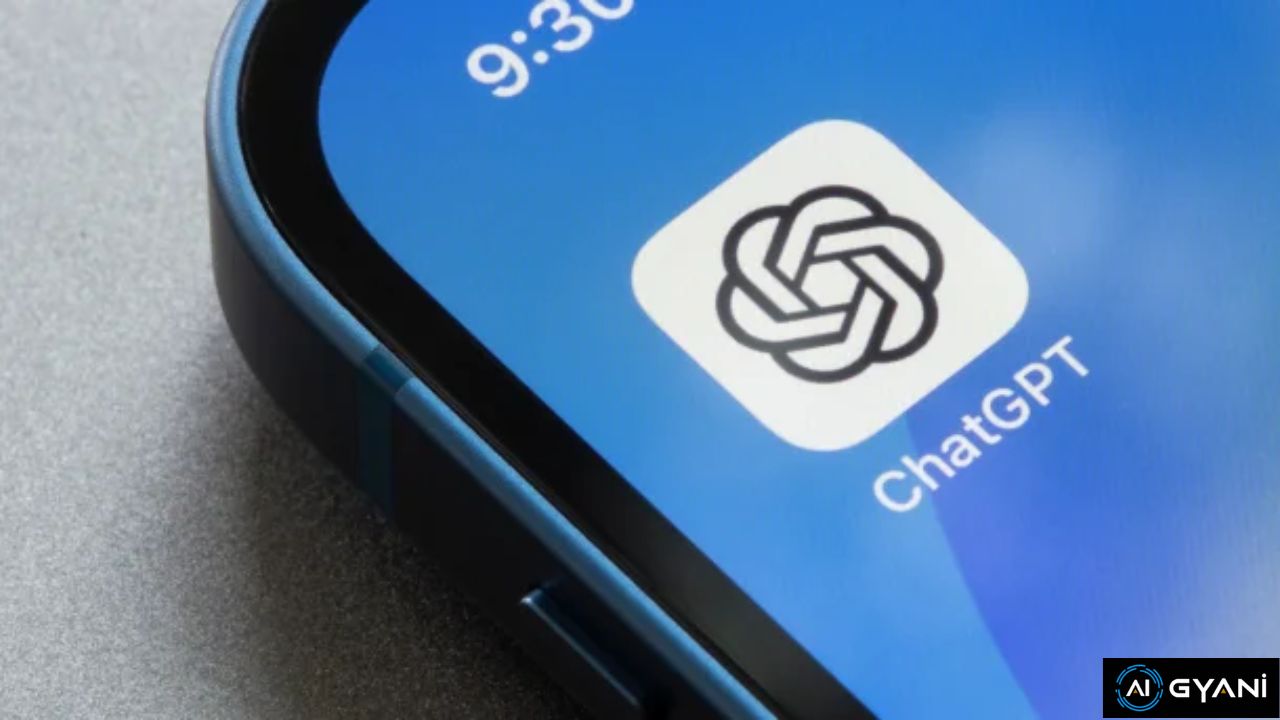Are you frustrated with ChatGPT always agreeing with you—acting like a digital yes man? While politeness makes interactions smoother, constant agreement can become a barrier when you want thoughtful critiques or meaningful debate.
Luckily, you can reprogram ChatGPT to challenge your ideas, point out flaws, and become a true sparring partner. Here’s how!
The Yes-Man Syndrome in AI
ChatGPT is celebrated for its helpfulness and politeness. But this agreeable personality can cause problems if you’re looking for honest feedback or sharper thinking. A “yes man” AI may never flag your mistakes, question your logic, or expose blind spots—limiting the benefits of deep, reflective conversation.
If you want ChatGPT to do more than nod along, a few simple changes in your approach and its instructions can yield dramatic improvements.

1. Custom Instructions: Your Secret Weapon
The single most effective way to stop ChatGPT from being a yes man is by using Custom Instructions. With these, you set the standard for every response—making the change permanent for your account.
How to Set Custom Instructions
- Go to ChatGPT’s settings (“Personalization” and then to “Custom Instructions”).
- In the field for response preferences, paste instructions like:
Don’t be a yes man. Challenge my ideas directly and provide opposing viewpoints. Prioritize critical thinking and honest critique over politeness. Point out flaws, ask tough questions, and play devil’s advocate whenever possible.”Or:“Be skeptical, brutally honest, and argumentative. Always give counterpoints and never just agree for the sake of being agreeable.”
“Be honest, not agreeable. Be innovative and think outside the box. Tell it like it is; don’t sugar-coat responses.”
“Don’t just validate my views or agree with everything I say. I want constructive critique that points out blind spots, adds perspective, and challenges my thinking.”
2. Proactive Prompt Ideas for Instant Pushback
Even with Custom Instructions set, you can customize individual chats with targeted prompts. These elicit direct disagreement, sharper analysis, and more useful feedback.
Try these prompt ideas:
- “Find three weaknesses or flaws in my argument.”
- “What would an expert who disagrees say?”
- “Play devil’s advocate and argue against my point.”
- “Ask questions until you’re sure my reasoning is sound, then respond.”
- “Imagine you are my toughest critic. How would you respond?”
- “Compare my idea to its opposite and tell me which is stronger.”
- “Analyze my reasoning and point out anything incorrect or biased.”
- “List alternative perspectives that contradict what I just said.”
- “Interrupt me if I make a mistake—don’t hold back.”
Each prompt invites ChatGPT to dig beneath the surface, offer opposition, and help you stress-test your ideas.
3. Encourage Skepticism and Devil’s Advocacy
If you specifically want ChatGPT to question you (not just offer counterpoints), ask it to play ‘devil’s advocate’ or behave as a skeptic:
- “Pretend you strongly disagree. What would you argue?”
- “Act as my intellectual nemesis and find weaknesses in my proposal.”
- “Challenge my statements as if you’re debating an opponent.”
This tactic helps you see potential flaws and alternative perspectives—making your thinking more robust.
4. Demand Sources, Evidence, and Contradictions
To break the yes-man mold, push for concrete evidence and alternative expertise:
- “Provide expert criticism of my viewpoint.”
- “List studies or sources that disagree with what I said.”
- “Contrast my opinion with industry standards.”
The more you ask for substantiation and contradiction, the less likely ChatGPT will simply agree.
Conclusion
You don’t have to accept AI politeness at the expense of meaningful discourse. With well-worded Custom Instructions and thoughtful prompt strategies, ChatGPT can become a challenging collaborator—flagging errors, questioning assumptions, and sharpening your mind.
Next time you chat, think beyond agreement. Demand critique, ask for pushback, and let your AI help you grow.









